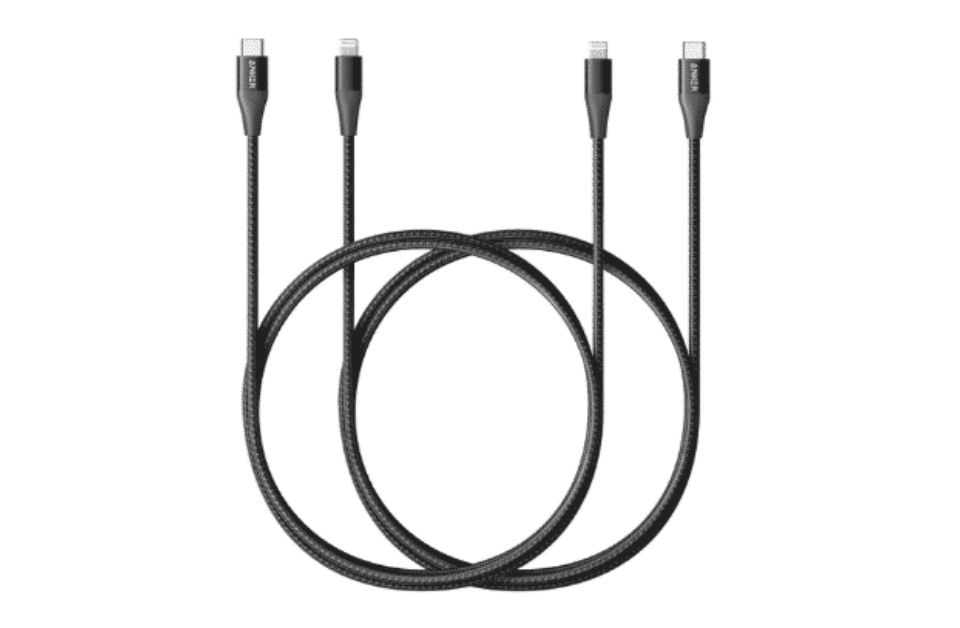A Display Port Cable is a digital interface that helps connect to computers. Display Port has several benefits, including compatibility with high-resolution screens, swift refresh rates, and the ability to transfer both audio and video via a single cable. A few consumer electronics products, including TVs and Blu-ray players, also employ Display Port, including laptops, graphics cards, and computer displays. There are many types of Display Ports. The most recent version of Display Port, Display Port 2.1, provides the maximum bandwidth and support for cutting-edge display technologies.
Types of Display Ports
There are several types of DisplayPorts, these are:
1. VGA (Video Graphics Array)
Historically, VGA has been a popular analogue display port. Compared to digital ports, it has a 15-pin connector and supports lesser resolutions. However, many outdated monitors, projectors, and several entry-level gadgets still support VGA.
2. DVI (Digital Visual Interface)
DVI is a type of digital display connection that has DVI-D, DVI-I, and DVI-A versions. Only digital transmissions are supported by DVI-D, digital and analogue signals are supported by DVI-I, and only analogue signals are supported by DVI-A. In India, DVI connectors are still frequently found on some graphics cards and monitors, especially older ones.
3. HDMI (High-Definition Multimedia Interface)
HDMI is a popular digital display connection that can handle both audio and video inputs. The majority of contemporary TVs, monitors, projectors, and multimedia equipment all contain it. HDMI 2.0 and HDMI 2.1 are now the most prevalent in more recent products. Due to its adaptability and compatibility with high-definition resolutions, HDMI is well-liked in India.
Types of Display Port Cables
These DisplayPort Cables are used to transmit audio and video signals to computers, TV and other devices. This is done with the following type of cables:
1. DisplayPort Cable
Devices with DisplayPort interfaces can only be connected using Display Port cables. Both high refresh rates and high-resolution monitors are supported. There are different versions of Display Port – DisplayPort 1.2, DisplayPort 1.4, and DisplayPort 2.0, Each version of DisplayPort connections offers a varied set of features and functionalities.
2. Mini DisplayPort Cable
A scaled-down variation of DisplayPort cables is Mini DisplayPort cables. They are frequently used with equipment that has a Mini DisplayPort interface. These include various desktop PCs, older MacBooks, and Microsoft Surface tablets. Mini DisplayPort cables that can be connected to common DisplayPort interfaces using adapters.
3. Thunderbolt Cable
High-speed data transmissions and DisplayPort video signals can be carried via Thunderbolt cables. They are mostly utilised with Thunderbolt-capable equipment, such as some MacBooks and expensive Windows computers. Thunderbolt cables can be connected to DisplayPort or HDMI interfaces with adapters because they frequently have a USB-C connector.
4. HDMI to DisplayPort Cable
Devices with HDMI outputs are connected to DisplayPort inputs using HDMI to Display Port connections. Using these connections, you can connect HDMI-enabled devices, such as laptops, game consoles, or media players, to displays with a DisplayPort interface. These convert the HDMI signal to DisplayPort.
5. DisplayPort DVI Cable
Devices with a DisplayPort output are connected to a DVI input using DisplayPort to DVI cords. They enable the connection between gadgets like PCs or graphics card projectors with DVI inputs by converting the DisplayPort signal to DVI.
6. DisplayPort to VGA Cable
You can connect devices with DisplayPort outputs to monitors or projectors with VGA inputs by using DisplayPort to VGA cables. These convert the DisplayPort signal to VGA. These cables are used when using projectors or older equipment that only has VGA connectivity.
Conclusion
It’s important to select the right cable based on your devices’ Display Port interfaces and the demands of the monitors you intend to connect. We at Dyeton Solution are here to help you with the Display Port situation. Contact us to verify that your Display Port cable supports the resolution, refresh rate, and necessary features for your particular setup.








